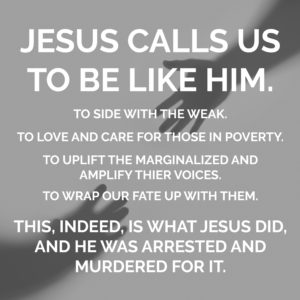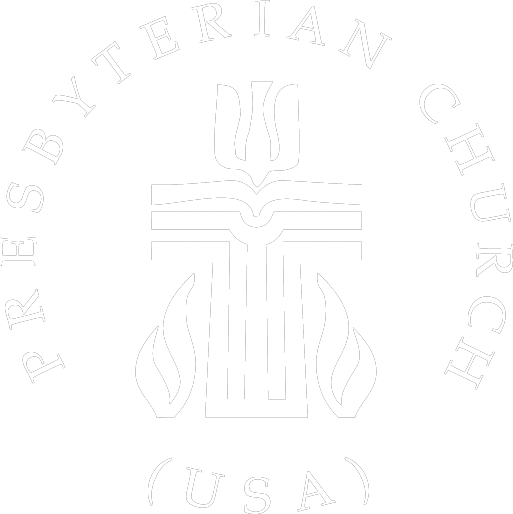Teaching through a book of the Bible is a lot of fun.
One of the main reasons I like to do this (as opposed to teaching on a topic) is that authors have certain points they are trying to make when they are arranging their material. If I am not reading the whole book closely, it is easy to miss. (It is, of course, easy to miss sometimes even when I read closely…)
Individual stories from the Scriptures are great.
Sometimes a particular story made us realize something new about God or our community, and we hold onto that text. Sometimes it reminds us of a childhood experience or even a special service we participated in. Many of us have our favorite verses that we draw on continually.

Some of the most well-known stories from Jesus’ life come at the end. The garden. The bloody sweat. The arrest. The denial. The mocking and whipping. The crucifixion. Those on Jesus’ right and left. I am sure many of us can recall these stories. Yet, could we say in which Gospel they appear? Or what comes before and after them in that particular text? For the most part, I cannot.
I do not bring that up because I think it is important to be able to pass an exam on the contents of the Bible. But I do think it is important to note that the partitioning of these stories one from another has, at times, blinded me from the thematic point the particular author is trying to convey.
John 18 opens with the two events which occur back-to-back in all four Gospels: Jesus is arrested and taken to the high priest. Peter follows but, when confronted, denies he has any relationship with Jesus. While these stories assume a relationship to one another, it was my over-familiarity with both events that prevented me from realizing a point John was trying to make.
See, John includes a little detail that Peter, in trying to defend Jesus, cuts off Malchus’ ear (he was in the arresting party). Jesus rebukes Peter, “Put your sword away! Am I not to drink the cup the Father has given to me?” (18:11; Luke records the event a bit differently, emphasizing the thematic points of his own text). After Jesus’ rebuke, we don’t hear someone speak until a few verses later when a woman guarding the gate asks Peter,
“Aren’t you one of this man’s disciples?”
“I’m not,” he replied. (18:17)
(Not to mention that this is likely within earshot of Jesus!)
Now, here is the point.
John has chosen to record these events in a way that invites the reader to ponder Peter’s two responses. Peter perceived that Jesus was in trouble, and he tried to protect Jesus. It did not go over well, but Peter got to have the shining, zealous moment, the I’d-do-anything-for-Jesus moment that he could write a book about if he were in today’s society.
Yet, Jesus does not call his disciples to be violent.
You can find many calls in the Gospels to suffer, but none to be violent. Peter, so zealous to show that he is on Jesus’ side, fails in such a basic teaching of Jesus.
The point gets sharper.
Constantly, Jesus is joining up with those who are being marginalized and crushed by society. He is identifying with them, eating with them, inviting them to trust in his social upending movement called the Kingdom of God. He keeps getting found with those on the edges of social acceptance, either spending time with those that live there or pulling others back up over the cliff.
And here he was, the very epitome of who he chose to identify with. A poor craftsman, arrested by the powerful religious elites, betrayed by his friend for blood money. He was fully incarnated into the story of those he came to love and give life to. What Peter was being called to do was to identify with Jesus in the moment he was most crushed by the world, to join him in that oppression, just as Jesus had been doing with those he ministered to.

In reading a little more intently through John, I finally saw one thing he was trying to say with these back-to-back texts.

Peter, ever so willing to take a big and powerful stand, was not quite as willing to give up his power, to identify with the bound and beaten Jesus.
May we seek not to try and take a stand for Jesus, per se, but to rather stand with him. Jesus does not call us to defend his honor but to honor those with whom he chose to identify.
May we do likewise.



